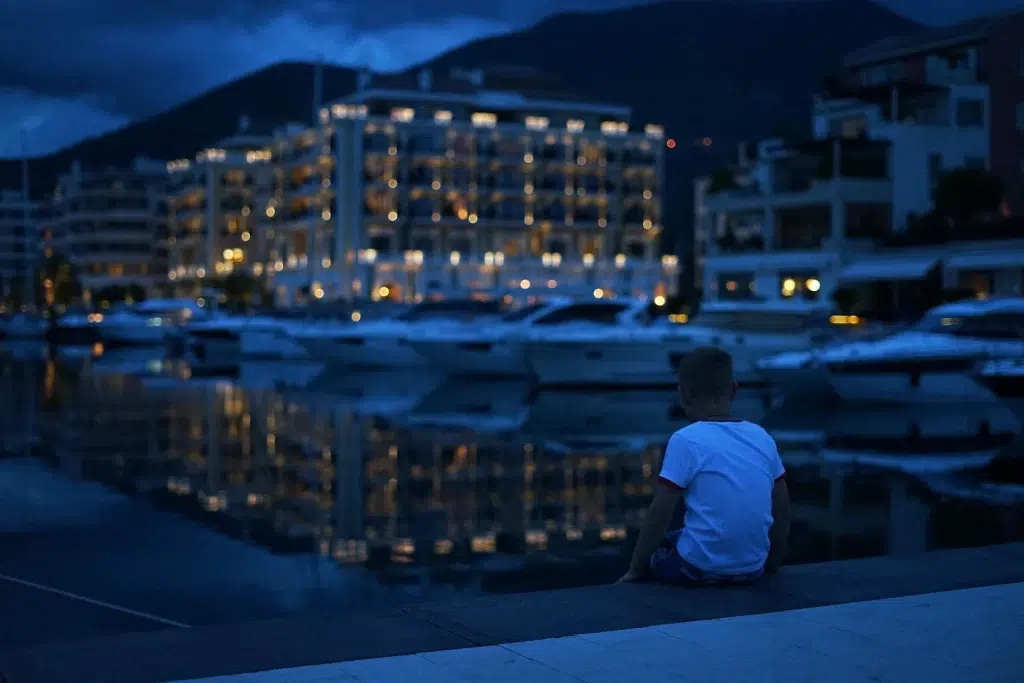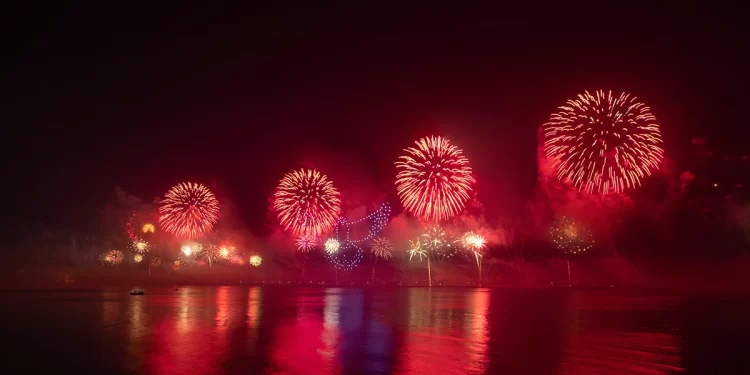We all love a good party, and the Fourth of July is one of most celebrated in the U.S. for obvious reasons. It’s also a day we should make safety a top priority. Handling fireworks and driving the car home after the fireworks notwithstanding, but also on and around water. The boat ramps, the marinas and harbors, and the waterways will be teeming with every type of craft and every level of mood. Let’s delve into the importance of boating safety on Fourth of July, ensuring a joyful and incident-free celebration on the water.
Experiencing the Fourth of July Fireworks from the Water: A Lake Tahoe Memory
I remember living in Lake Tahoe, which had one of the best 4th of July firework shows on the West Coast (the casinos paid for it). With the surrounding mountains and beaches, there were plenty of places to watch them, but there’s nothing like viewing the fireworks right underneath them. Hundreds of boats would get up close for the Star Wars-like display synched with music as they burst in full color, sometimes landing precariously close into the water. Nowadays, the boundary is set a little wider, but the exhilarating experience is still amazing. As a comparison, my first year was from shore about 5 miles away where the exploding firework was about the size of a dollar coin.
But what I saw from the shoreline was the parade of boats all trying to get back into the marinas after the show. I can now compare it to driving on I-95 with boats funneling in at all different speeds and at all levels of intoxication. Knowing that, it wasn’t hard that first night I was out on the boat to sit and wait about 30 minutes before heading in. The rush had passed and it was a nice cruise in under the stars and without the washing-machine effect of boat wake.
The Post-Fireworks Rush: Navigating the Boat Traffic
The USCG’s top five contributing factors in boating accidents stems from those varied phases of celebrating: operator inattention, operator inexperience, improper lookout, excessive speed, and machinery failure. Understanding these factors is crucial for boating safety on Fourth of July.
“Nearly all of these factors will come into play on the water around Independence Day, and especially on the evenings with fireworks shows when boaters congregate to view them,” said Chris Edmonston, BoatUS Foundation for Boating Safety and Clean Water president. “After the show ends, as boating spectators pull anchor and head for home en masse, is really when a boat operator will experience the significant difference from operating during the daytime.”
Edmonston explains that it is much more difficult to distinguish boat speed, direction or angle, and distance to other moving vessels at night. “Double check to ensure your navigation lights are working properly to ensure others see you,” he said.

BoatUS Foundation's Insights on Post-Show Boating Safety
The BoatUS Foundation confirms what I saw in Tahoe – that the race to get home after the show compounds the problem, highlighting the need for enhanced boating safety on Fourth of July. “Many simply travel too fast for the conditions,” said Edmonston. “Everyone is leaving at the same time, and you’ll really need to focus on safety. Use others on your boat as extra lookouts, and keep your eyes focused ahead while scanning around you.”
The firework show is usually the culmination of a full day on the water or at the beach or by the pool with barbecues and libations. The mix of it all might heighten elation, but will definitely distort the senses.
Making the Fourth of July a Safe and Happy Experience for All Boaters
Boat owners should also remember not to overload their vessels. Boat wakes have a habit of swamping smaller boats or knocking someone overboard, especially with more people on board than the boat can handle. There are also more paddleboards and kayaks and dinghies on lakes and waterways, so keep a watchful eye and make this 4th of July a friendly and happy one for all boaters. You never know when you might need their assistance.














